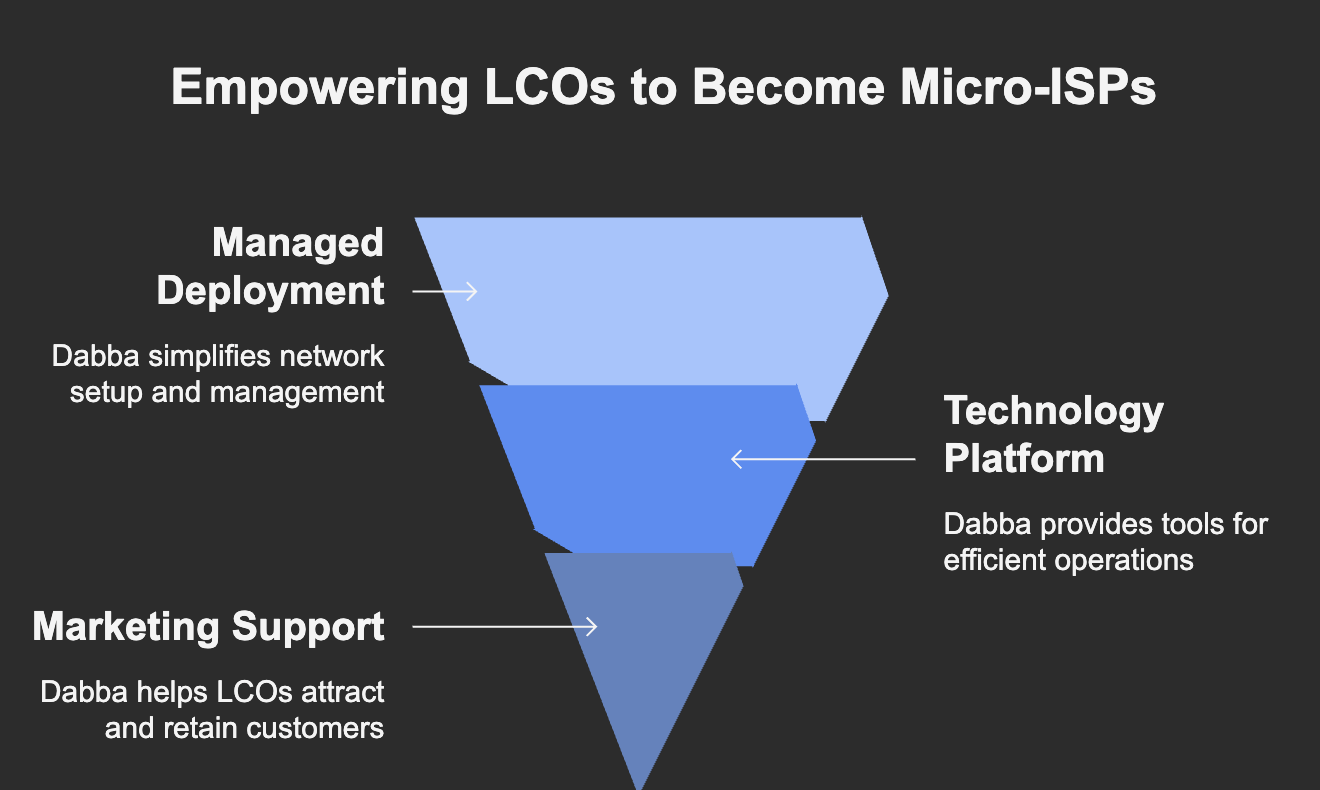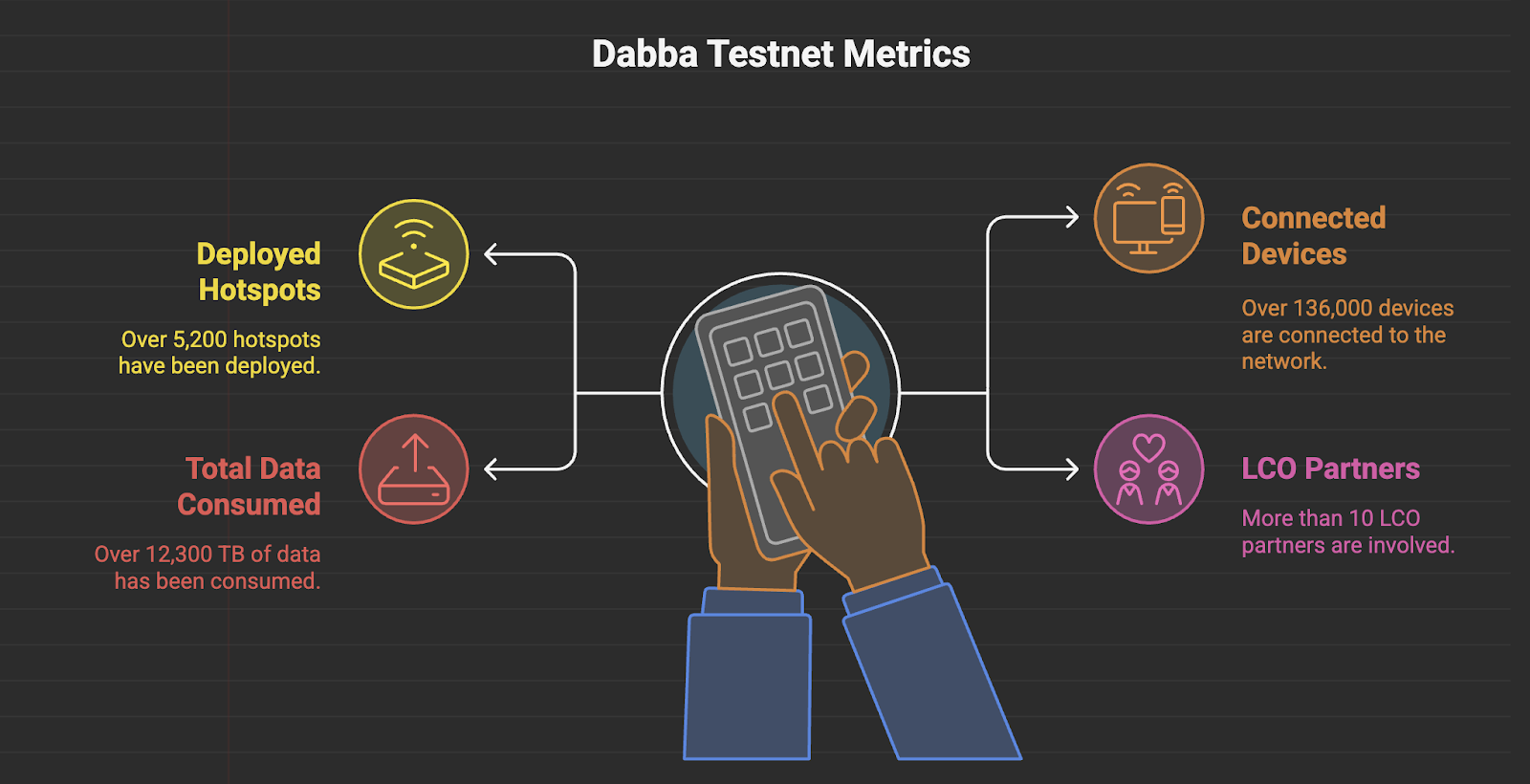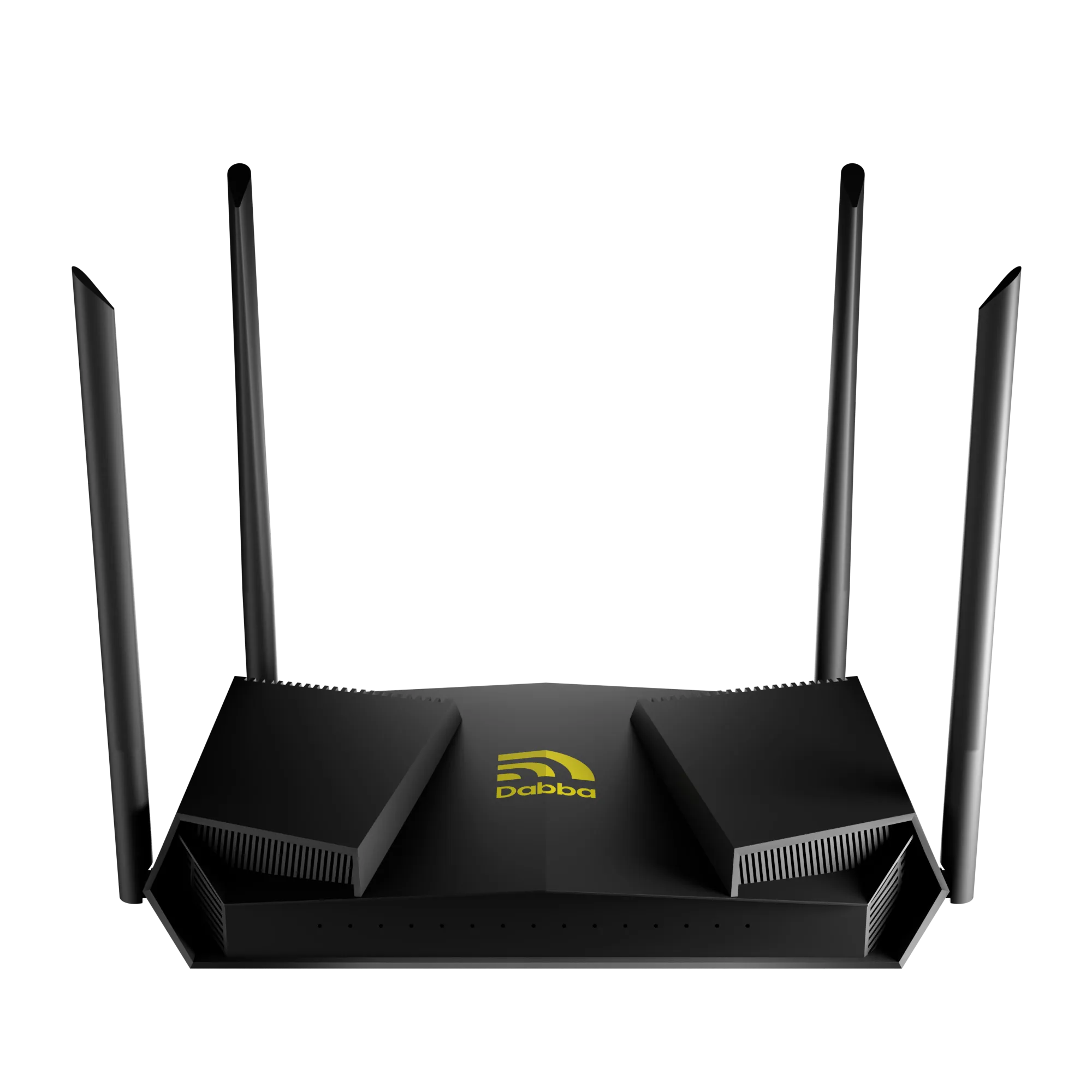India is the world’s second-largest internet market—but its fixed broadband infrastructure lags far behind. With only about 44 million wired broadband connections, and just 4 million in semi-urban and rural regions, there’s a clear last-mile connectivity gap. Despite huge population centers and digital demand, fiber networks and reliable LTE still haven’t reached many communities. Traditional infrastructure projects struggle to bridge this gap due to high costs and logistical hurdles.
The Opportunity: India’s Broadband Potential
To catch up, India must dramatically expand wired internet. With TRAI (Telecom Regulatory Authority of India) setting a target of 100 million broadband subscriptions by 2030, the country needs a steady annual growth of 20%—but it would require an estimated ₹4.2 trillion in investment on public-private partnership models.
Still, momentum is picking up: in one recent month alone, 2.6 million new broadband connections were added—versus a global quarterly growth average of just 1%.
Clearly, there’s demand—and Dabba is stepping in to meet it.
Why Local Cable Operators (LCOs) Matter
India has over 150,000 Local Cable Operators with existing coaxial infrastructure that provides cable TV to rural and semi-urban areas. Many are already upgrading to fiber—a shift that gives them a big edge in delivering home broadband efficiently and fast.
The LCO Challenge
Local Cable Operators (LCOs) play a vital role in delivering internet services to communities, particularly in underserved areas. However, they often face significant hurdles that limit their ability to expand their reach and provide reliable, high-speed internet access. These challenges primarily stem from:
- High Deployment Costs: Establishing and maintaining internet infrastructure, including laying cables, installing equipment, and securing necessary permits, can be prohibitively expensive for LCOs, especially in rural or remote areas.
- Lack of Technical Expertise: LCOs may lack the technical skills and knowledge required to effectively manage and maintain complex internet networks, troubleshoot technical issues, and implement new technologies.
- Limited Marketing Support: LCOs often struggle to effectively market their services and attract new customers due to limited resources and expertise in marketing and sales.
These challenges hinder LCOs’ ability to compete with larger internet service providers (ISPs) and prevent them from expanding their services to underserved communities, perpetuating the digital divide.
Dabba’s Solution: Aggregating and Empowering LCOs
Dabba offers a comprehensive solution that empowers LCOs to overcome these challenges and become successful micro-ISPs. Dabba’s approach focuses on providing LCOs with the necessary resources, technology, and support to thrive in the competitive internet market.

1. Deployment Support for LCOs
Dabba’s unique managed deployment model simplifies the process of establishing and expanding internet services for LCOs. This model includes:
- Network Planning and Design: Dabba assists LCOs in planning and designing their network infrastructure, optimizing coverage, and ensuring scalability.
- Equipment Procurement and Installation: Dabba helps LCOs procure the necessary equipment at competitive prices and provides expert installation services.
- Network Management and Monitoring: Dabba offers ongoing network management and monitoring services, ensuring optimal performance and minimizing downtime.
- Technical Support: Dabba provides LCOs with access to a team of experienced technical support professionals who can assist with troubleshooting, maintenance, and upgrades.
2. Technology Platform
Dabba provides LCOs with a cutting-edge technology platform that simplifies network management, billing, and customer support. This platform includes:
- Network Management System (NMS): A centralized platform for monitoring and managing network performance, identifying and resolving issues, and optimizing network resources.
- Billing and Customer Management System (BMS/CRM): A comprehensive system for managing customer accounts, billing, payments, and customer support interactions.
- Marketing and Sales Tools: Tools to help LCOs effectively market their services, attract new customers, and manage sales leads.
3. Marketing and Sales Support
Dabba provides LCOs with the marketing and sales support they need to effectively promote their services and acquire new customers. This support includes:
- Branding and Marketing Materials: Dabba provides LCOs with professionally designed branding and marketing materials, including logos, brochures, and website templates.
- Marketing Training and Consulting: Dabba offers training and consulting services to help LCOs develop and implement effective marketing strategies.
- Lead Generation and Customer Acquisition Programs: Dabba helps LCOs generate leads and acquire new customers through targeted marketing campaigns and partnerships.
Suggested Reading: How Dabba’s Managed Deployment Model Overcomes the True Challenge of DePins
Dabba by the Numbers
Even while still in testnet, Dabba is gaining impressive traction:
- 5,200+ hotspots deployed
- 136,000+ connected devices
- 12,300+ TB of data consumed
- 10+ LCO partners actively onboarded

These figures reflect real-world demand, and physical network growth—all solid signs of product-market fit.
To provide more data-driven insights into what Dabba is building we recently released our Public Data Room. Get to learn more about the Data Room and how Dabba is positioned to bring the decentralized internet revolution in India in this blog post here: Dabba’s Public Data Room: Your Gateway into the Dabba Ecosystem
Why Dabba Stands Apart
- Layer‑0 infrastructure: Dabba builds the physical network—fiber, routers, wireless—so others can build on top (e.g. DePIN projects like WeatherXM). Learn more about how Dabba is helping WeatherXM expand in emerging markets here:
- Global Participation, local execution: Anyone can buy a hotspot, but it’s installed and managed locally by LCOs—bridging global capital and local deployment.
- Token economy tied to reality: Users pay in fiat, buy data, and consume bandwidth; every gigabyte burns $DBT, making the token model functional and sustainable.
- Scalable and resilient: Thanks to demand-driven deployment, network growth is efficient and reliable—even if individual LCO performance varies.
Suggested Reading: How $DBT Powers the Dabba Ecosystem? Understanding Dabba’s Mint-Buyback-and-Burn Model
What’s Next
With government efforts like National Broadband Mission 2.0 pushing fiber rollouts, Dabba is scaling ahead:
- Aiming for 20,000+ hotspots by mainnet
- Targeting 500,000+ households connected within 18 months
- Projecting $5 million+ of $DBT tokens burned via data usage
Final Takeaway
India’s wired broadband penetration is still just 4.4%. Dabba’s decentralized, demand-first approach is quickly narrowing that gap. By turning bandwidth into a tokenized, on-chain asset and tapping into the power of rural LCOs, Dabba is connecting communities, empowering entrepreneurs, and driving real-world Web3 adoption—one hotspot at a time.
